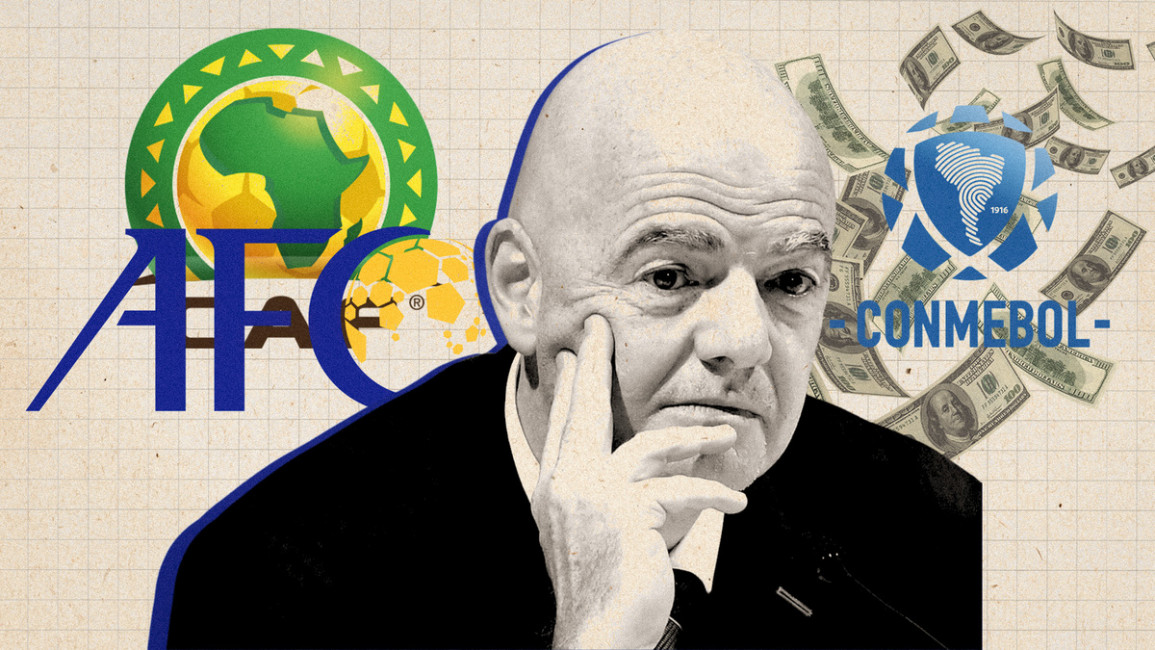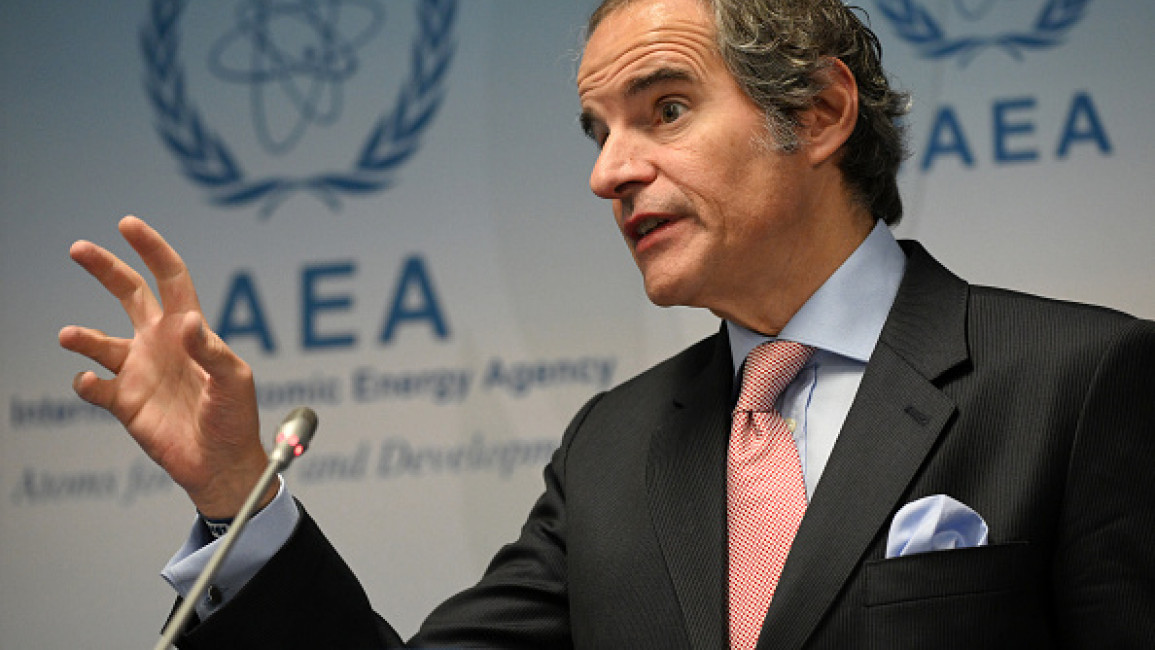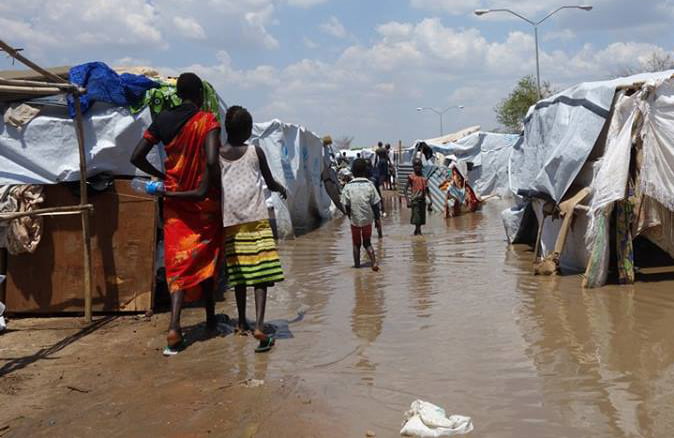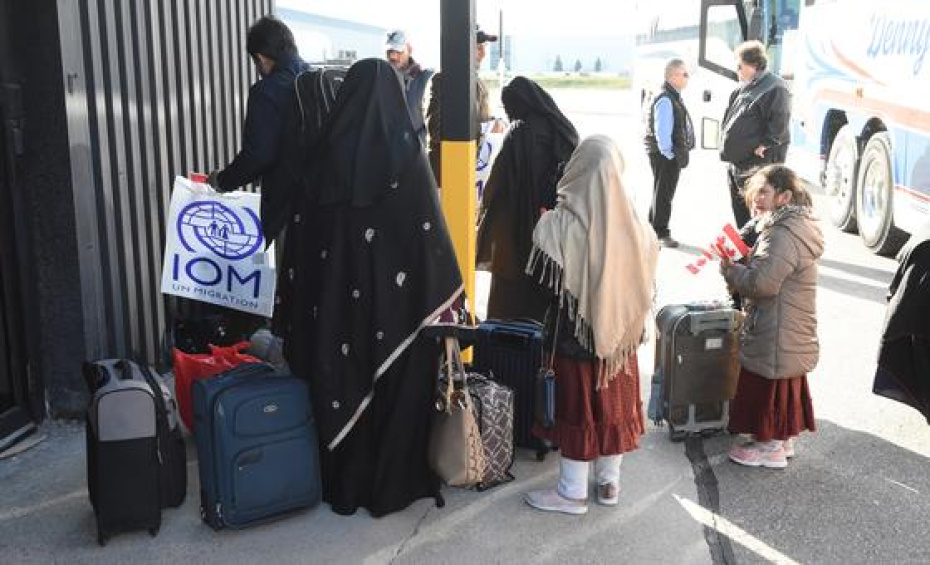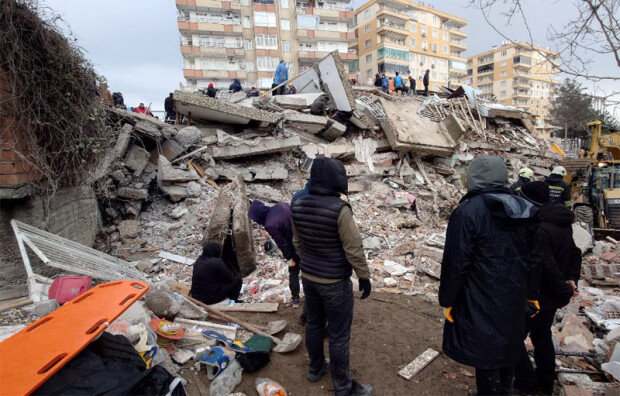The national security leaker was very, very online.
By Jonathan Guyer@mideastXmidwestjonathan.guyer@vox.com Apr 13, 2023
/cdn.vox-cdn.com/uploads/chorus_image/image/72178328/1251791995.0.jpg)
Jonathan Guyer covers foreign policy, national security, and global affairs for Vox. From 2019 to 2021, he worked at the American Prospect, where as managing editor he reported on Biden’s and Trump's foreign policy teams.
It’s extremely funny that hundreds of sensitive US military documents appeared on Discord, the decentralized social media platform. Or at least that’s how a very online person, who traffics in memes and crass one-liners, might put it. But it is darkly funny that a disgruntled service member has thrown the US security state into a panic.
And it’s ironic that no one in intelligence agencies seems to have seen it coming.
New reports from the Washington Post and the New York Times reveal in great detail the young man who allegedly posted the sensitive intelligence files: a 21-year-old Air National Guard member named Jack Teixeira.
On Thursday, the FBI arrested him.
Teixeira reportedly posted the documents in forums dedicated to gaming, where a group of 24 people, mostly male and young, also shared offensive memes, information about guns, and more — and in turn has shown that the DOD and intelligence agencies are not prepared for our current digital age.
:no_upscale()/cdn.vox-cdn.com/uploads/chorus_asset/file/24584197/IMG_6565.jpg)
The US national security institutions have put a major emphasis on integrating advanced technologies, like artificial intelligence, into their arsenals. They’ve also invested heavily in recruiting young and mid-career tech talent from unlikely spaces. In practice, that means that the CIA regularly hosts events at tech forums like South by Southwest, and the National Security Agency posts memes about World Introvert Day (“NSA is known as the world’s largest employer of introverts for a reason!”).
But at their core, none of these institutions has grappled with the shape of internet culture and how that affects the people among the military’s ranks.
It’s not about TikTok. It’s about edgelords.
So how did the US national security establishment miss this?
After the perpetrator of a racist mass shooting in Buffalo in May 2022 killed 10 people, we learned of his regular posting on a Discord channel. The platform’s track record as a space for risky actors and its extreme-right presence is now well-documented. This isn’t to say that the Pentagon ought to be surveilling Discord, of course, or that Discord ought to be shut down, but rather that there is little surprising about this chain of events.
Yet to some establishment voices, this whole latest leaks scandal is “incredibly weird.” At least, that’s what one prominent national security academic, Amy Zegart, wrote in the Atlantic. “A massive leak of highly classified information revealed on a small online gamer channel by an anonymous user with no clear policy goals or telltale signs of the usual motives is an utter mystery,” explained Zegart, who has served on many government advisory boards. She argued that the historically common reasons for a leak are a hack, a mole, or an insider going rogue. Teixeira appears to be closest to the last one. She goes on to say that the two reasons an insider would go rogue are “ideology and ego,” but dismisses those motives given the lack of a media spectacle around the leaks.
Zegart wrote the piece before Teixeira’s identity was reported. But the more we learn about his posting, in a forum where other young users saw him as “the undisputed leader,” a uniquely social media picture of ego emerges.
To be sure, the culture of edgelords posting memes and gaming forums escalating into a national security threat may seem new to intelligence leaders, but in 2023 the prospect of an online dude wreaking havoc should probably already be on their radar.
If you’re very online, you start to see a pattern. “Discord has become a haven for Gen Z-ers, who use it to hang out with their friends online, but older generations who still rely on Twitter and Facebook may be wholly unaware of it,” Kyle Chayka, an internet culture columnist for the New Yorker, has explained.
Teixeira’s publishing of intelligence papers belongs to a growing recent history of online posters who have shocked the world.
He apparently does not represent the violent, insurgent, or terrorist inclinations of those who planned the January 6, 2021, Capitol riot in digital forums or the Norwegian attacker Anders Breivik, who was found guilty of conducting mass murder in 2012. Yet his methods of oversharing and showing off are of a piece with the ecosystem of the internet.
The edgelord culture privileges those who post stuff that provokes. Wasn’t it only a matter of time before that shocking content would be state secrets?
Researchers have noted that law enforcement hasn’t yet grasped the challenges of extremism in gaming forums, like the Minecraft channel where classified documents began appearing. It’s important to acknowledge the prevalence of grotesque hate speech there, and to contextualize them as spaces that serve a number of purposes and are not exclusive to extremists. “They are also places of belonging and should be treated as such; it is of crucial importance to acknowledge gaming not only as not inherently linked to negative outcomes but as a force for good in people’s lives,” the United Nations Office of Counter-Terrorism wrote in a recent report.
What struck me in particular about the Washington Post’s deep dive into the Discord channel where Teixeira posted classified documents was the sense of family that it represented, “a group of far-flung acquaintances searching for companionship amid the isolation of the pandemic,” though xenophobic memes, racist jokes, and firearm-loving banter appears to have been central to this community.
Much still needs to be confirmed about Teixeira’s alleged actions and motivations. But it’s not hard to imagine that these twin ego-driven motivations — a “little bit of showing off to friends,” but also building a connection and “wanting to keep us informed,” as one of his Discord friends told the Washington Post — could push someone to breach US classification.
Taken together, what these episodes reveal is that the US national security establishment has been so focused on vilifying TikTok but has failed to understand internet culture.
“I don’t use TikTok and I would not advise anybody to do so because of these concerns,” Deputy Attorney General Lisa Monaco said recently. By knocking TikTok, US leaders are failing to understand how and why Americans post on platforms like TikTok.
The Pentagon is deploying the methods of internet culture as a recruiting tool and innovation as a necessity, but it has apparently not fully grasped the central, simple truth of how the internet has decentralized culture, enabling people to share anonymously and gleefully.
And that’s a national security threat.

